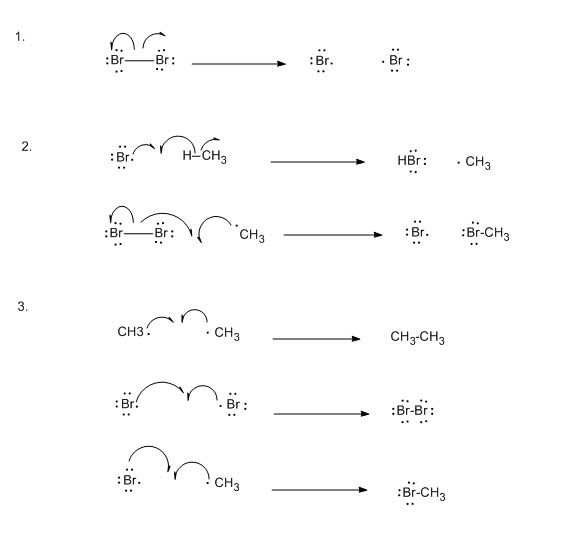


To add a ring, as before, go ahead and drop the initial dot on the interface. Rings bigger than this are however, aren't given. Once you leave the click button, a $\ce$ bond, we change them to double and triple respectively by clicking in the double bond and triple bond icons, and pressing on the desired bonds.Ĭongratulations! You have successfully drawn your first molecule on ChemDoodle! Now let's see a few other cases:įor adding rings to molecules, go to the rings section, where rings upto cyclooctane are found. Here, since we are making 3-methylpent-1-ene-4-yne, we will click on the single bond symbol, and while holding it, stretch it in the desired direction. Now that the dot is pressed, this serves as a location around which you can draw bonds or cyclic rings at that point. This dot can be set down on the interface on clicking. You'll see a grey dot following the cursor as well. You would begin drawing this way:įirst, click on the single bond symbol, and then hover over the editor interface. For example, let's say you want to draw 3-methylpent-1-ene-4-yne.

So now, let's get familiarized with how this editor works:įirst of all, make sure you have in mind what molecule you want to draw. Did I mention that it's completely free? Open the editor tool by going to. There are quite alot of chemical structure and mechanism drawing tools out there, but I would prefer using the online sketcher provided by ChemDoodle, due to the fact that it's completely online-based, and is quite handy and easy to use.


 0 kommentar(er)
0 kommentar(er)
